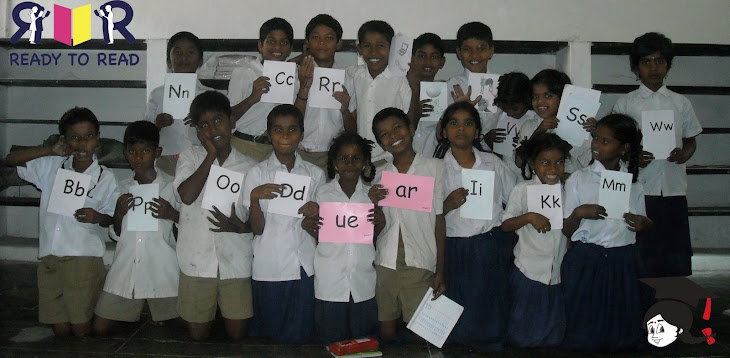I'll be posting reflections and observations on lessons sometimes. I used to keep track of each lesson when I first started teaching, but that became too time consuming. However, I think part of improving is taking time to reflect on what worked and what didn't. I'm also trying to determine how often I use TBL vs. PPP. Before I started teaching in Japan, I took a TEFL course in Prague and they hammered PPP into us. They said there were other styles but PPP was the easiest to master as a teacher and was effective. All our submitted lessons had to have the three P's while teaching a specific skill (i.e. reading, writing, speaking or listening). So, when I first started, my lessons reflected that. Since starting the MA, I've tried to move away from that. I know my lessons have changed significantly but I'm not sure my lessons can be called TBL. I guess I'm striving for a balance of methods because I'm not totally convinced that there is one right way. I think there are many right ways and many good lessons. And that context is everything!
_____________________________________________
小学校 4年生 Shopping Game
We repeated this lesson again because it was such a big hit the first time. But the second time we added money into the equation. Playing with money was VERY popular. The first time the shopping game was set up so that students would be able to practice and use
A: ____please
B: Here you are
A: Thank you
B: You're welcome
There were 6 groups with 6 shopping lists (6 items each: 2 fruits, 2 vegetables, 2 supermarket items). There are 3 shops: Fruit Shop, Vegetable Shop and the Supermarket (the flashcards are the shopping items). The students have practiced and studied all the vocab, so this was a chance to use it in a game. Each group decides on an order (janken works best) and the first person gets to be a shopkeeper. There are two shopkeepers per shop. And of course it's all about speed...the fastest team to finish shopping gets, well, they get the grand prize of being the fastest! This worked great the first time, with both 3rd & 4th grade.
Second time around, I put prices on all the food items. Now each team was given $20 (
www.mes-english.com). The prices were rigged so that each shopping list required $19. If the group got all the items on the list and had $1, they successfully completed the shopping task. Giving a specific dialogue gets more complicated with money involved. So I decided to let them work it out and see what happened. They already knew the basics...now they needed to figure out how to pay for it. We had to practice "four dollars" because they were falling back on "四ドル” but most of them got it. So once they started shopping, the typical conversation went something like this:
A: _____ please
B: $4
A: Here you are (giving money).
B: Here you are (giving the flashcard)
A: Thank you
B: You're Welcome
And there were lots of other variations, especially when kids needed change or didn't get the change they needed. It always cracks me up when, even thought it's a race, the kids refuse to leave the shop until the shopkeeper says "You're welcome". After each group has completed their list, we trade lists and new students get to be shopkeepers until the class ends.
Is this TBL?? I guess there were some pre-task lessons throughout the year...practicing the vocab and learning the dialogue. And now we are building on it with this shopping game. Using the money and letting them come up with their own conversations seemed to work well. Although there wasn't a focus on form or anything like that at the end. The bell rings and well, they keep shopping, but I gotta get to another class. Also, I'm not sure how necessary that step is in the elementary eikaiwa class.
I hadn't really given them the opportunity to discover their own dialogue (I know it's not much, but baby steps) in elementary lessons before because the plans that I work with don't allow for it and many homeroom teachers won't allow it. And the plans I work with have NO TBL type lessons. They are all grammar-translation stuff! It's horrible! So, I've been trying to add in stuff here and there. This is one lesson that I've done with several classes and grades now....and it's a super big hit! In one class students were chanting, "もう一回。” We had to promise them we'd do it again! So, I think the students are ready for more TBL-style lessons and frankly, so am I. But it's the thinking and planning that's the hard part. Oh...and communicating it to the homeroom teacher.




